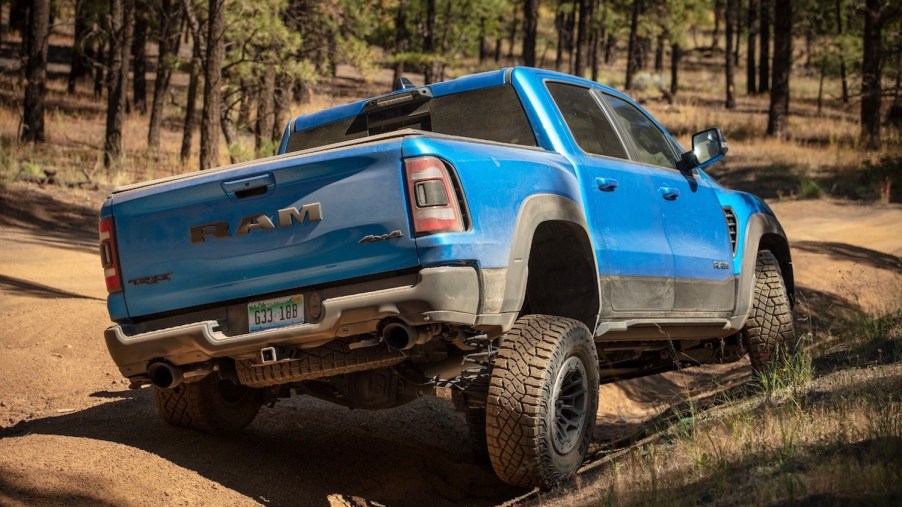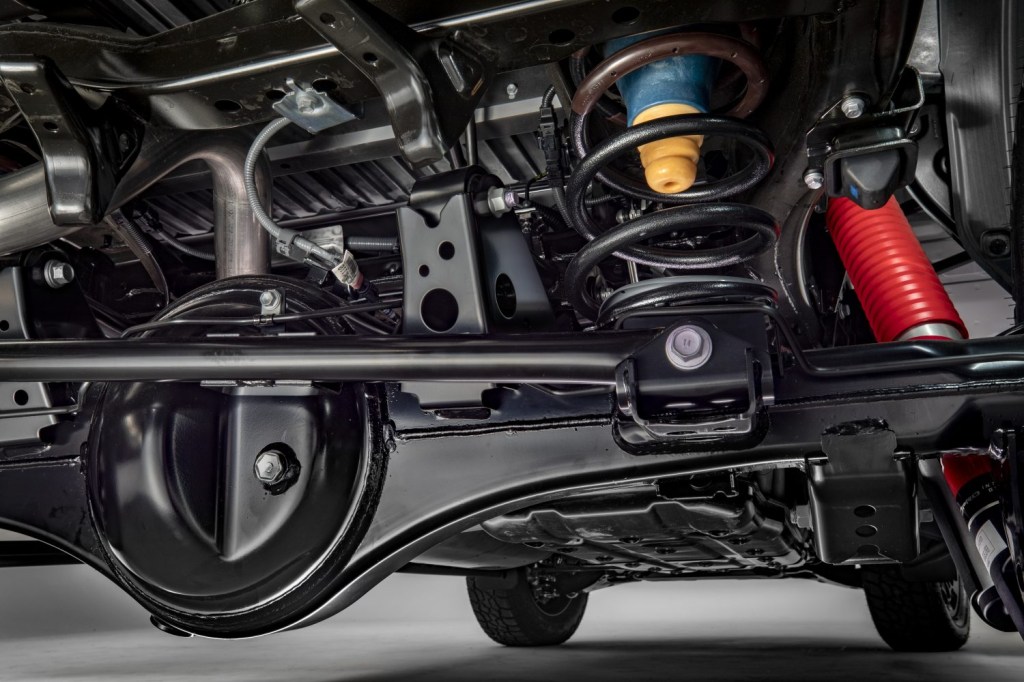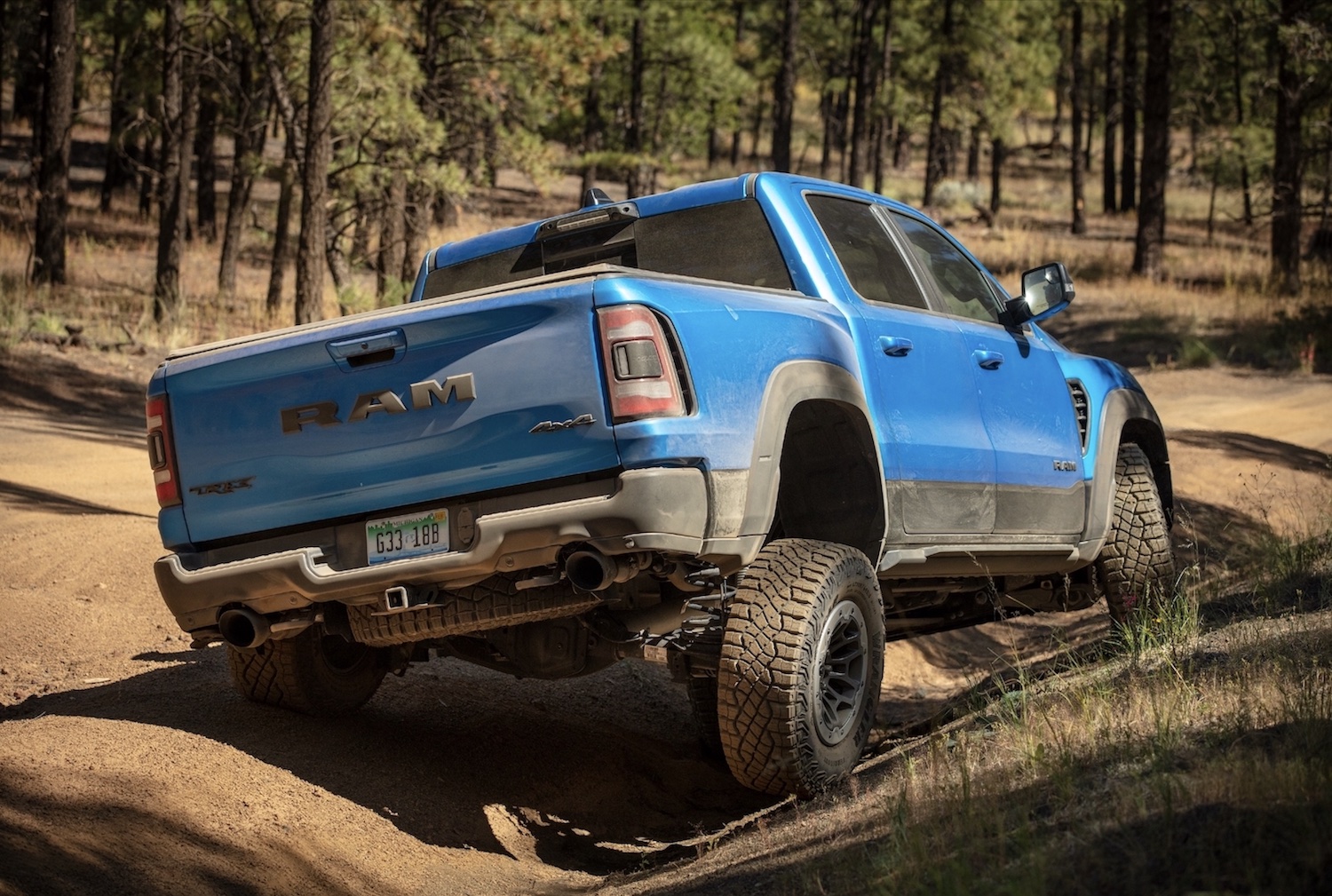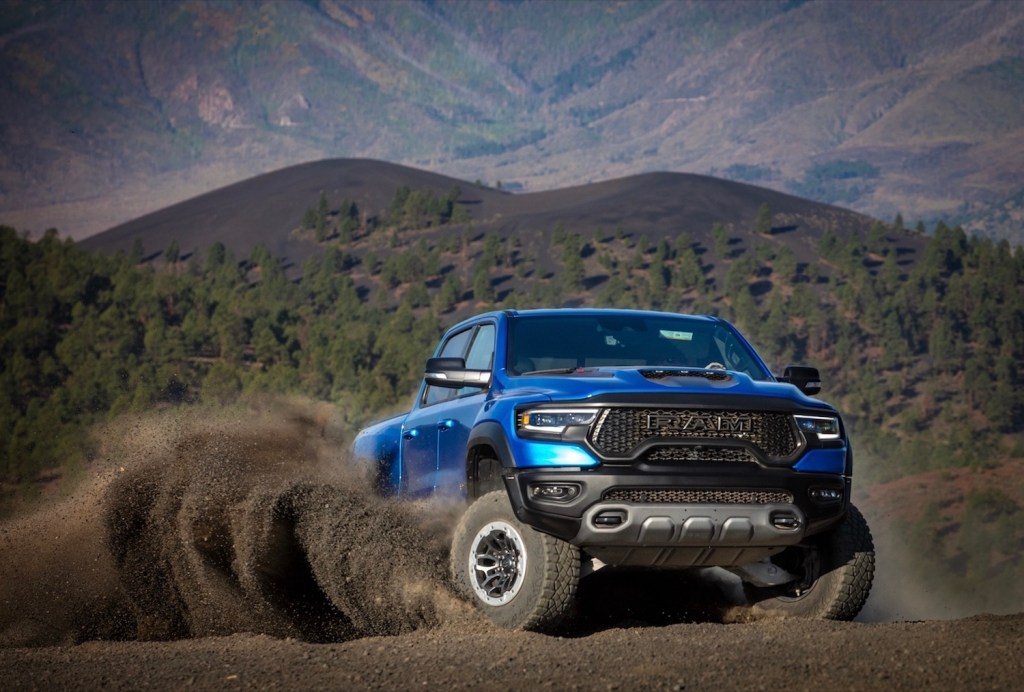
Are Rear Coil Springs Really Better Than Leaf Springs in Your Pickup Truck?
Automatic transmission vs manual transmission trucks; independent suspension vs solid front axle; turbocharged engine vs naturally-aspirated V8. And coil springs vs leaf springs. These debates divide the steadfast pickup truck traditionalists from the new guard. But advances in engineering and manufacturing are changing the balance. For today’s light-duty pickup trucks, the only clear benefit rear leaf springs offer is cost savings.
What’s the difference between leaf springs and coils springs?
Leaf springs are a bundle of long thin metal leaves that form a bridge and are able to flex with bumps in the road. Coil springs are a coiled piece of heavy-duty metal that compresses with bumps.

Leaf springs were an early economical solution to vehicle suspension. Once upon a time, many cars had rear leaf springs. But leaf springs are heavy and take up a lot of space.
Improvements in manufacturing made coil springs affordable and reliable. As cars converted to coil springs, it improved their handling and allowed them to ride closer to the ground. But because these early coil springs were unable to handle extremely heavy loads, pickup trucks stuck with leaf springs to support their rear axle for decades.
Do rear coil springs actually improve pickup trucks?
The folks at Ford’s SVT division seem to think so: they tossed the F-150’s rear leaf springs in favor of coils when building the Raptor. Consumer Reports rated the latest Ram 1500 with the best ride in its class and attributed this to its rear coils springs.

When it comes to highway driveability, it seems rear coil springs are the way to go.
Consumer Reports said, “No other full-size pickup truck rides as comfortably as the Ram.” The publication continued, “This is no doubt partly because of the unique coil springs used in the rear suspension. Bumps and ruts are absorbed with remarkable compliance.”
Many off-roading enthusiasts swear by the added performance of rear coil springs. It’s no surprise that Toyota’s latest Land Cruiser, the Land Cruiser 300 series, sports rear coil springs. What might surprise some, is that the latest Toyota Tundra actually shares a chassis with this heavy-duty SUV. Every 2022 Toyota Tundra rides on rear coil springs as well.
Can modern coil springs handle heavy-duty hauling?
Naysayers believe coil springs aren’t up to heavy-duty hauling. And there’s a reason that the Ram 3500 sticks with rear leaf springs. But the coil-spring-equipped Ram 1500 has a higher payload capacity than its leaf-spring-equipped competitors.

The modern rear coil springs used in the Ram 1500 are a triumph of American engineering and manufacturing. The 2022 Ram 1500’s max payload capacity is 2,325 pounds. For comparison’s sake, the leaf-spring-equipped F-150 maxes out at 2,238 pounds and the Chevrolet Silverado can handle up to 2,300.
Want to see the difference between coil springs and leaf springs for yourself? Check out the vintage explainer video below:



